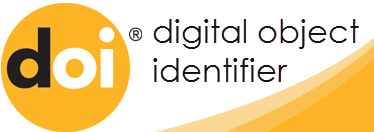INTEGRATING SPEAKING AND LISTENING SKILLS TO IMPROVE LANGUAGE COMPREHENSION AMONG YOUNG LEARNERS
Abstract
Many teachers have a difficulty in teaching young learners because of their age and comprehension limitations, so using integrated approach can be effective for both teachers and students to improve language learning efficiency. Choosing appropriate material can increase language acquisition among youngsters and make lessons more interesting than traditional classes. Listening and speaking are the main skills to communicate and improve students’ comprehension that is why it becomes popular among teachers to combine them during the classes. This article reflects on how to improve young learners’ oral communication, make classes more energetic and increase language learning productivity when speaking and listening skills are taught in an integrated way.
References
Seferoĝlu and Uzakgöre, listening and speaking parts of english, 2004
Hinkel, E. (2006). Current perspectives on teaching the four skills. TESOL Quarterly, 40(1), 109–31
Andrea Puskás The Challenges and Practices of Teaching Young Learners Komárno, 2016. ISBN 978-80-8122-178-1
Lervåg, A., Hulme, C. and Melby‐Lervåg, M. (2018), Unpicking the Developmental Relationship Between Oral Language Skills and Reading Comprehension: It’s Simple, But Complex. Child Dev, 89: 1821–1838. doi:10.1111/cdev.12861
https://www.diva- portal.org
Blanka Frydrychova Klimova / Procedia - Social and Behavioral Sciences, 2014
vvs://slideplayer.com/
Bailey The language learner’s autobiography: Examining the ‘apprenticeship of observation’. In D. Freeman & J.C. Richards, Teacher learning in language teaching. New York: Cambridge.











